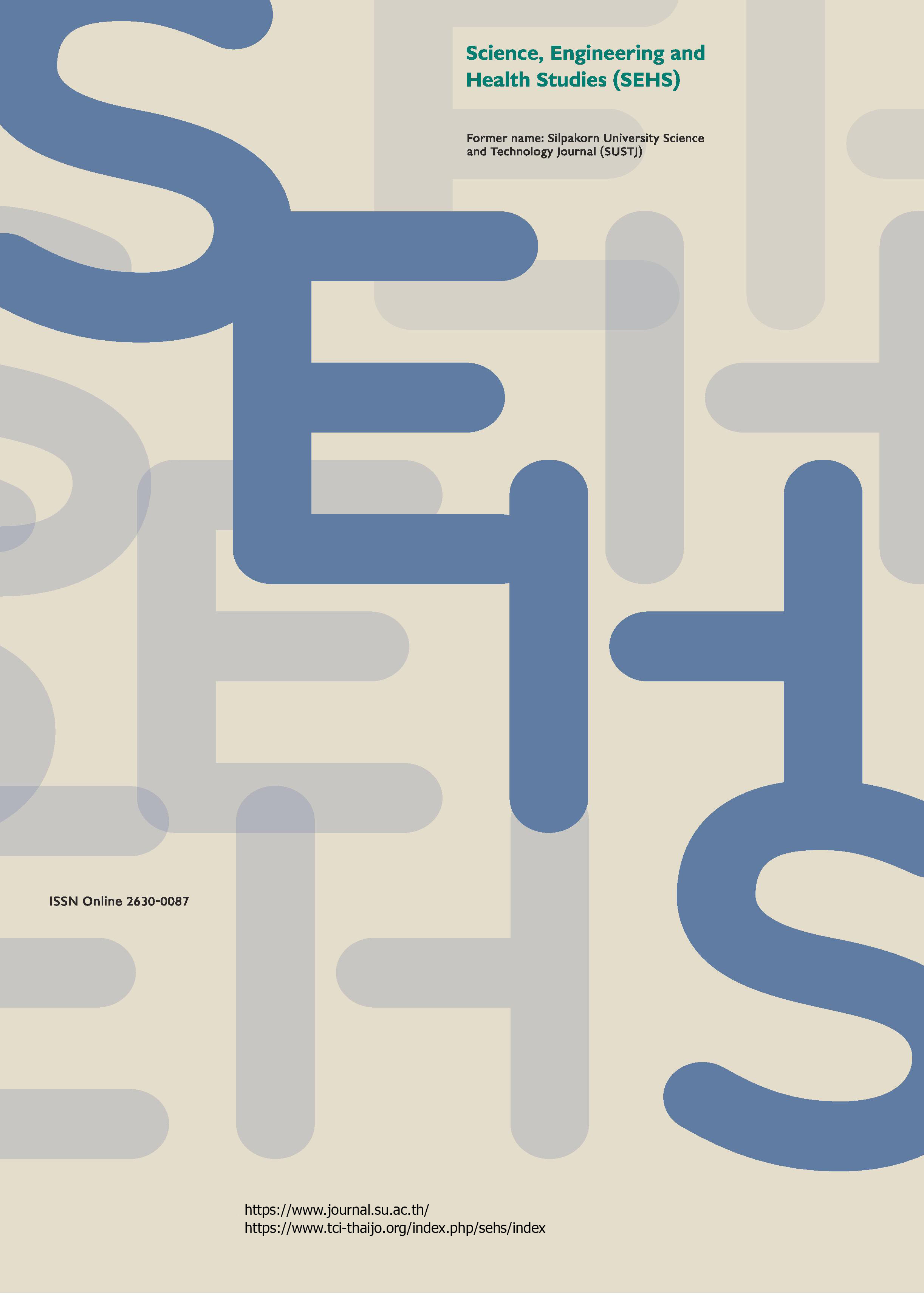Feasibility of stone slurry powder and admixtures in cement mortar
Main Article Content
Abstract
The present study has focused on altering the properties of its composites to achieve robustness in concrete with high speed of construction. The different types of chemical admixtures are used to produce mortar/concrete with an accelerated setting time and early-age strength. Stone waste can be converted into mortar and concrete as an alternative to cementitious materials to overcome their ill effects, resulting production of sustainable end products. The present study investigated the influence of the stone slurry powder, calcium nitrate, and triethanolamine at various proportions in the different mortar mixes. The viability of using the additional materials in cement mortar based on strength, cost and environmental aspects was also investigated. The results demonstrated that incorporation of stone slurry powder in mortar enhanced the strength by 6–17%, which may be due to its pore filling ability. The cost of mortar construction also declined by 7% due to its free availability. The cost index and carbon emission index of mortar mix containing stone waste declined by 24% and 26%, respectively, compared to other mixes, due to reduced cement content.
Downloads
Article Details

This work is licensed under a Creative Commons Attribution-NonCommercial-NoDerivatives 4.0 International License.
References
Aggoun, S., Cheikh-Zouaoui, M., Chikh, N., and Duval, R. (2008). Effect of some admixtures on the setting time and strength evolution of cement pastes at early ages. Construction and Building Materials, 22(2), 106–110.
Chen, H., Qin, R., Chow, C. L., and Lau, D. (2023). Recycling thermoset plastic waste for manufacturing green cement mortar. Cement and Concrete Composites, 137, 104922.
Devi, K., Acharya, K. G., and Saini, B. (2018a). Significance of stone slurry powder in normal and high strength concrete. In Proceedings of the 1st International Conference on Sustainable Waste Management through Design (Singh, H., Garg, P., and Kaur, I., Eds.), pp. 484–492. Ludhiana Punjab, India.
Devi, K., Saini, B., and Aggarwal, P. (2018b). Combined use of accelerators and stone slurry powder in cement mortar. In Proceeding of the 1st International Conference on Sustainable Waste Management through Design, pp. 202–209. Ludhiana, India.
Devi, K., Saini, B., and Aggarwal, P. (2019). Utilization of Kota stone slurry powder and accelerators in concrete. Computers and Concrete, 23(3), 189–201.
Devi, K., Saini, B., and Aggarwal, P. (2022). Impact of high temperature on mortar mixes containing additives. Journal of Engineering Research, 10(1B), 68–85.
Flower, D. J. M., and Sanjayan, J. G. (2007). Green house gas emissions due to concrete manufacture. The International Journal of Life Cycle Assessment, 12, 282–288.
Jahangir, H., Soleymani, A., and Esfahani, M. R. (2023). Investigating the confining effect of steel reinforced polymer and grout composites on compressive behavior of square concrete columns. Iranian Journal of Science and Technology, Transactions of Civil Engineering, 47, 775–791.
Khodabakhshian, A., de Brito, J., Ghalehnovi, M., and Shamsabadi, E. A. (2018). Mechanical, environmental and economic performance of structural concrete containing silica fume and marble industry waste powder. Construction and Building Materials, 169, 237–251.
Kontoni, D.-P. N., Onyelowe, K. C., Ebid, A. M., Jahangir, H., Eidgahee, D. R., Soleymani, A., and Ikpa, C. (2022). Gene Expression Programming (GEP) modelling of sustainable building materials including mineral admixtures for novel solutions. Mining, 2(4), 629–653.
Liu, B., Yang, L., Shi, J., Zhang, S., Yalçınkaya, Ç., and Alshalif, A. F. (2023). Effect of curing regime on the immobilization of municipal solid waste incineration fly ash in sustainable cement mortar. Environmental Pollution, 317, 120839.
Marinelli, S., Marinello, S., Lolli, F., Gamberini, R., and Coruzzolo, A. M. (2023). Waste plastic and rubber in concrete and cement mortar: A tertiary literature review. Sustainability, 15(9), 7232.
Onyelowe, K. C., Ebid, A. E., Mahdi H. A., Soleymani, A., Jahangir, H., and Dabbaghi, F. (2022). Optimization of green concrete containing fly ash and rice husk ash based on hydro-mechanical properties and life cycle assessment considerations. Civil Engineering Journal, 8(12), 3912–3938.
Singh, M., Choudhary, K., Srivastava, A., Sangwan, K. S., and Bhunia, D. (2017). A study on environmental and economic impacts of using waste marble powder in concrete. Journal of Building Engineering, 13, 87–95.
Tahwia, A. M., Essam, A., Tayeh, B. A., and Elrahman, M. A. (2022). Enhancing sustainability of ultra-high performance concrete utilizing high-volume waste glass powder. Case Studies in Construction Materials, 17, e01648.


